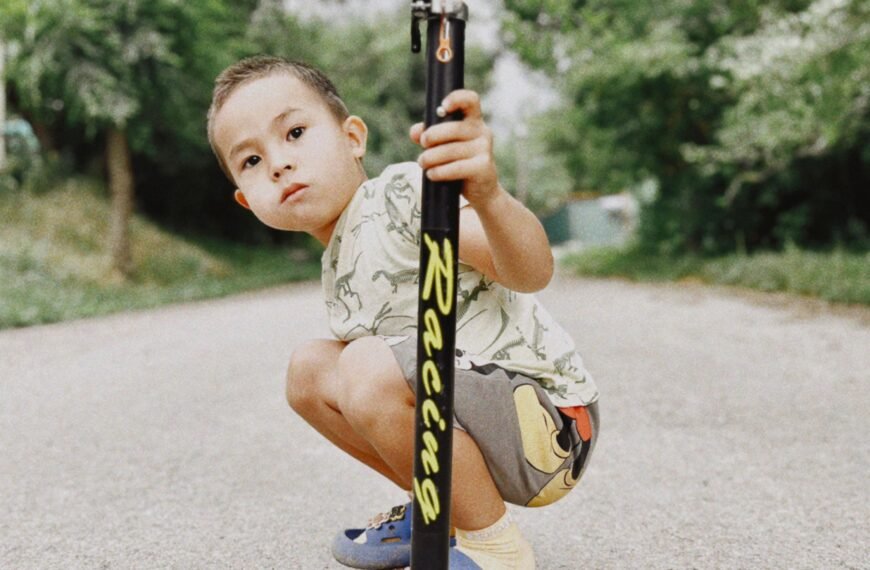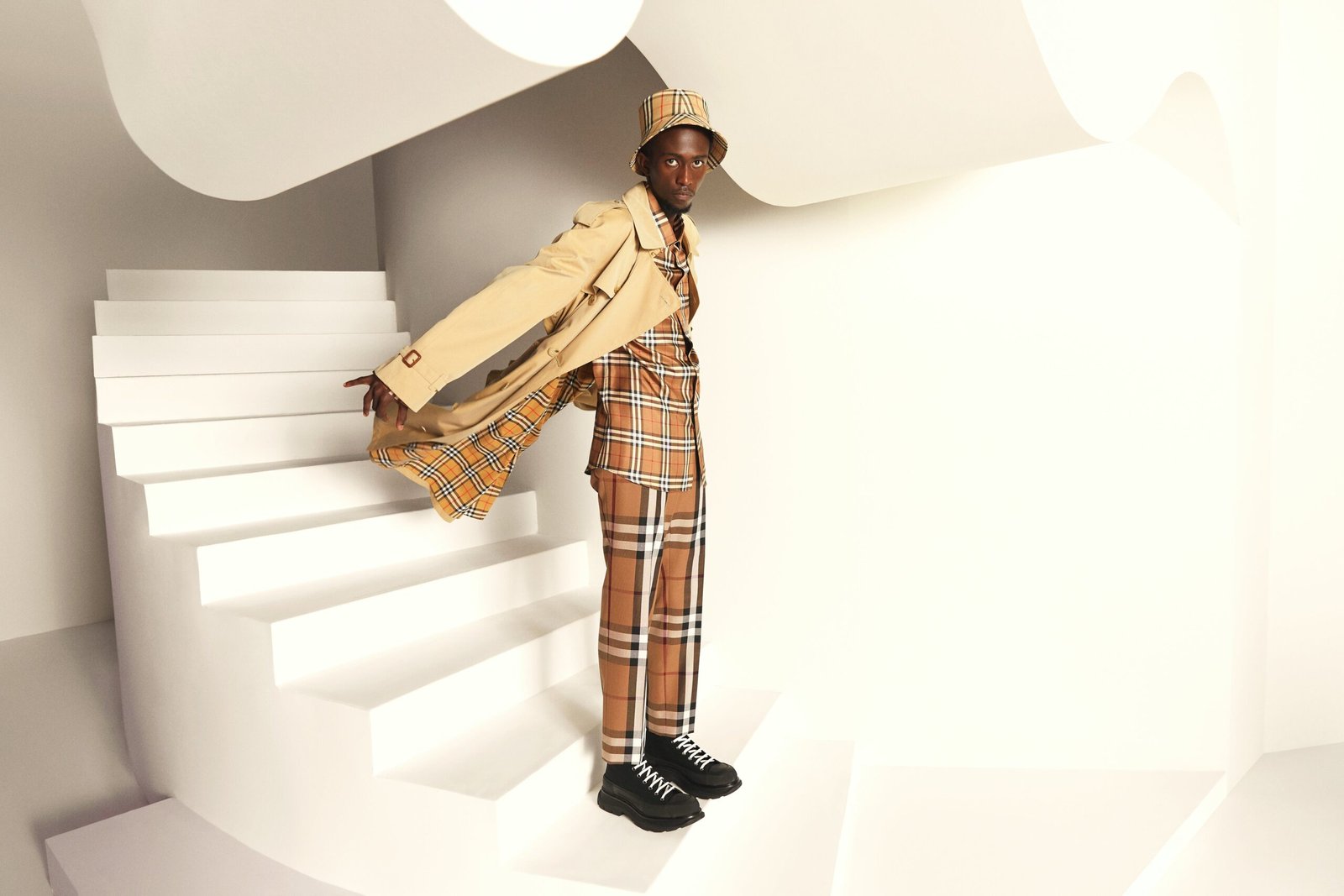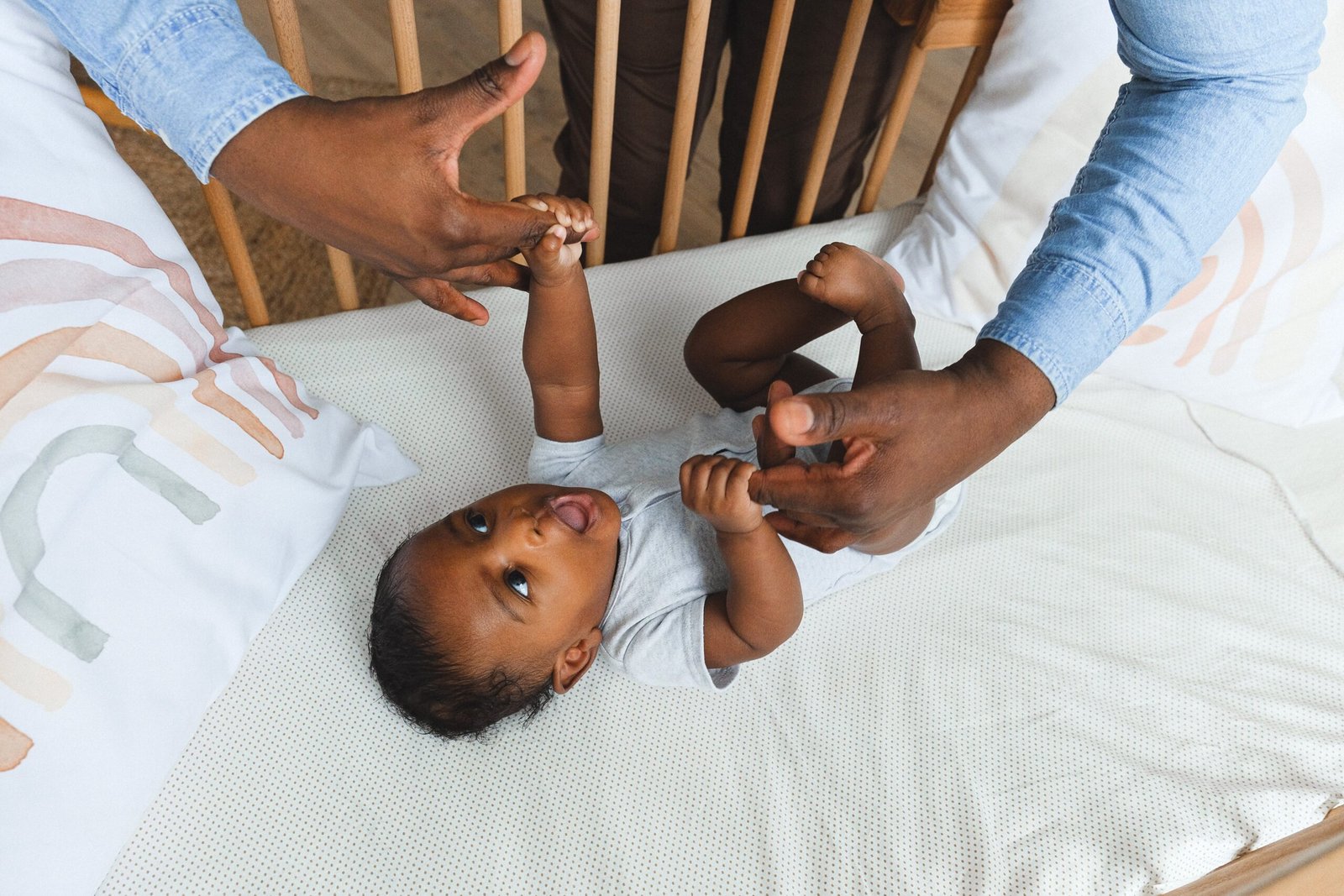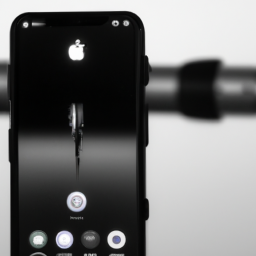Have you ever wondered when the right time is to start giving your baby toys? It is often a topic of debate among parents and caregivers. In this article, we will explore the different stages of a baby’s development and discuss when it is appropriate to introduce toys into their playtime. Understanding the importance of age-appropriate toys and the benefits they bring to your baby’s growth and development can help you make informed decisions in providing them with a stimulating and enjoyable early learning experience. So, let’s explore when the perfect time to give baby toys is!
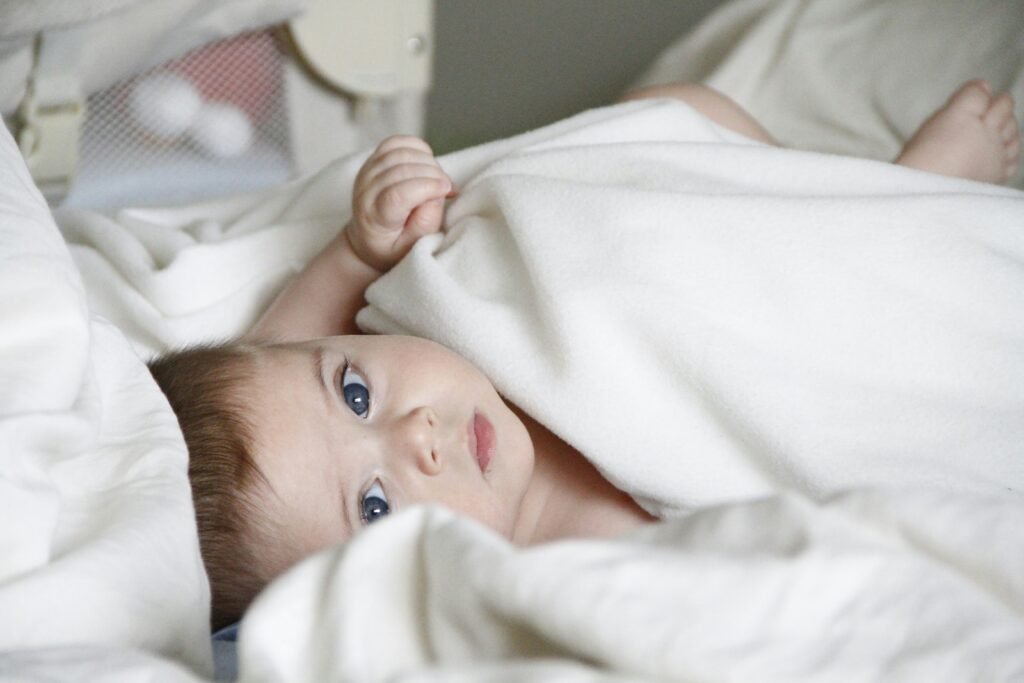
Check Baby Toys Guide & Review
Age Range
Birth to 3 Months
During the first three months of your baby’s life, they are just beginning to explore the world around them. At this stage, their vision is still developing, so toys that are visually stimulating can be beneficial. Black and white toys are particularly effective at capturing your baby’s attention, as the contrasting colors are easier for them to see. Soft toys with gentle sounds, such as rattles or plush animals with built-in music, can also engage their senses and provide comfort.
3 to 6 Months
As your baby reaches the age of 3 to 6 months, they begin to develop better hand-eye coordination and may start teething. This is the perfect time to introduce teething toys, which can help soothe their gums and provide relief. Activity gyms and playmats are also great options during this stage, as they encourage your baby to reach, grab, and kick while lying down, strengthening their muscles and fostering their overall development.
6 to 9 Months
Between 6 to 9 months, your baby’s ability to sit up without support improves, and they start to become more curious about their surroundings. Stacking rings can help enhance their fine motor skills and hand-eye coordination, while shape sorters introduce the concept of problem-solving and encourage cognitive development. Toys with buttons and switches not only capture their attention but also teach cause and effect. Additionally, bath toys can make bath time more enjoyable and create sensory experiences for your little one.
9 to 12 Months
At 9 to 12 months, your baby becomes more mobile, crawling or even taking their first steps. Push and pull toys are perfect for this stage, as they encourage your baby to practice their newly developed motor skills. Puzzles with large knobs are great for honing their problem-solving skills, while musical instruments can introduce them to different sounds and rhythms. Crawling tunnels can provide exciting opportunities for exploration and physical activity.
12 to 18 Months
From 12 to 18 months, your baby is developing their imagination and becoming more independent. Large building blocks are excellent toys for this age range, allowing your little one to build towers and knock them down, fostering creativity and hand-eye coordination. Play kitchen sets can stimulate pretend play and help develop essential social and emotional skills. Toy cars and trucks can enhance their fine motor skills while providing hours of imaginative play. Shape sorter puzzles continue to challenge their cognitive abilities and problem-solving skills.
18 to 24 Months
By the time your baby reaches 18 to 24 months, they are exploring the world with more confidence and becoming even more curious. Board games designed for toddlers can introduce them to concepts such as taking turns, following rules, and enhance their cognitive skills. Sports gear and toys can encourage physical activity and gross motor development, while musical instruments continue to foster an appreciation for different sounds and rhythms. Arts and crafts kits can encourage their creativity and fine motor skills.
2 to 3 Years
Between the ages of 2 to 3 years, your child’s imagination is in full swing, and they are eager to learn and explore. Toys that encourage pretend play, such as playsets, dollhouses, or costume dress-up, can enhance their creativity and social skills. Building blocks, puzzles, and shape sorters provide continued opportunities for problem-solving and cognitive development. Musical instruments can nurture their love for music and self-expression.
3 to 4 Years
At the age of 3 to 4 years, your child’s motor skills and coordination continue to improve, and they are eager to learn and engage in more complex activities. Board games with simple rules and age-appropriate challenges can help improve their memory, attention span, and social skills. Sports equipment and toys that encourage active play can further develop their gross motor skills and coordination. Musical instruments can foster their love for music and expose them to different sounds and rhythms. Arts and crafts kits can ignite their creativity and fine motor skills.
4 to 5 Years
Between the ages of 4 to 5 years, your child’s imagination is flourishing, and they are increasingly curious about the world. Board games that require strategy and problem-solving skills can foster their cognitive development and teach them to think critically. Sports gear, such as bikes, scooters, or balls, can promote physical fitness and coordination. Musical instruments continue to inspire their love for music, while arts and crafts kits provide endless opportunities for creativity and fine motor skill development.
5+ Years
For children aged 5 and above, their interests and skills continue to evolve, and they are ready for more advanced toys and activities. Board games that involve complex rules and strategic thinking can challenge their cognitive abilities and foster their social skills. Sports gear and toys can help them further develop their athletic abilities and teamwork. Musical instruments can encourage their passion for music and provide opportunities for self-expression. Arts and crafts kits continue to nurture their creativity and fine motor skills.
Developmental Milestones
Gross Motor Skills
Gross motor skills are crucial for your child’s overall physical development. From the simple act of raising their head in the early months to riding a bike or playing a sport later on, these skills involve the coordination of large muscles and body movements. Toys that promote gross motor skills include activity gyms and playmats, which encourage your baby to kick, reach, and roll over. Push and pull toys, such as wagons or toy cars, help develop their balance and coordination. Sports gear and toys, such as balls or bikes, are excellent for older children to refine their gross motor skills and engage in physical activities.
Fine Motor Skills
Fine motor skills involve the coordination of small muscles, primarily in the hands and fingers. These skills are essential for tasks such as writing, tying shoelaces, or using utensils. Toys that promote fine motor skills include stacking toys, which require precise hand-eye coordination and manual dexterity. Puzzles with large knobs or pegs are excellent for developing finger strength and control. Building blocks and construction sets allow children to practice their grip and spatial perception. Arts and crafts kits that involve cutting, coloring, or squeezing clay or playdough also enhance fine motor skills.
Cognitive Development
Cognitive development refers to your child’s ability to think, reason, problem-solve, and understand the world around them. Toys that promote cognitive development include shape sorters, which encourage your child to recognize shapes, colors, and patterns. Puzzles of increasing complexity provide opportunities for problem-solving skills and critical thinking. Board games engage children in strategic thinking, decision-making, and memory retention. Construction sets and building blocks enhance spatial reasoning and logical thinking.
Language Development
Language development is crucial for your child’s communication skills. Toys that promote language development include books with simple stories and large pictures, encouraging vocabulary expansion and narrative skills. Musical instruments with sound and rhythm can inspire verbal expression and creativity. Language-focused board games or interactive electronic toys that ask questions or prompt responses also facilitate language development.
Sensory Development
Sensory development involves your child’s ability to process and interpret information from their senses. Toys that promote sensory development include rattles, which provide auditory stimulation. Teethers and textured toys engage the sense of touch and provide relief during the teething stage. Mobiles and crib toys capture your baby’s visual attention and stimulate their developing eyesight. Playmats with different textures, colors, and sounds encourage sensory exploration and engagement.
Social and Emotional Development
Social and emotional development refers to your child’s ability to interact with others, express emotions, and establish relationships. Toys that promote social and emotional development include play kitchen sets or dollhouses, which encourage imaginative play and role-playing. Board games that require turn-taking and cooperation foster social skills and teach children how to manage their emotions in win/lose situations. Musical instruments and arts and crafts kits provide opportunities for self-expression and creativity, promoting a sense of identity and emotional well-being.
Types of Toys
Rattles
Rattles are classic toys that provide auditory stimulation and engage your baby’s sense of hearing. They come in various shapes, sizes, and materials, and their rattling sound captures your baby’s attention, stimulating their developing senses.
Teethers
Teethers are designed to help soothe your baby’s gums during the teething process. They come in different textures and shapes, providing relief and encouraging sensory exploration.
Soft Toys
Soft toys, such as stuffed animals or plush toys, are often a favorite companion for babies and toddlers. They provide comfort, security, and can become a source of emotional attachment.
Activity Mats
Activity mats, also known as playmats or gyms, typically feature a soft, cushioned surface with various hanging toys, mirrors, musical elements, and textures. These mats encourage your baby to engage in tummy time, reach, grab, and kick, stimulating their physical and sensory development.
Stacking Toys
Stacking toys involve building structures by stacking different pieces on top of each other. They enhance fine motor skills, hand-eye coordination, and teach concepts such as balance and gravity.
Shape Sorters
Shape sorters are toys that require your child to match specific shapes to corresponding holes. They promote cognitive development, problem-solving skills, and hand-eye coordination.
Puzzles
Puzzles come in various levels of difficulty and can be enjoyed by children of different ages. They foster problem-solving skills, cognitive development, hand-eye coordination, and patience.
Building Blocks
Building blocks are versatile toys that allow children to create structures, towers, or even miniature worlds. They enhance fine motor skills, spatial reasoning, and encourage creativity and imaginative play.
Water Toys
Water toys, such as rubber ducks, bath books, or pouring cups, make bath time more enjoyable and provide opportunities for sensory exploration.
Musical Instruments
Musical instruments, even child-sized versions, can introduce your child to different sounds, rhythms, and melodies. They foster a love for music, enhance auditory perception, and encourage self-expression.
Safety Considerations
Age-appropriate Toys
Always consider the recommended age range for toys to ensure they are suitable for your child’s developmental stage. Toys designed for older children may contain small parts or have more complexity that can be hazardous for younger children.
Non-toxic Materials
Choose toys made from non-toxic materials to ensure they are safe for your child to play with, especially if they have a tendency to put things in their mouth.
Safe and Secure Parts
Ensure that the toys you choose have securely attached parts, such as buttons, eyes, or wheels, to prevent choking hazards. Check for any loose or easily detachable pieces.
No Small or Loose Parts
Avoid toys with small or loose parts that can pose a choking hazard to your child. Regularly inspect toys to ensure they remain intact and free from any potential hazards.
No Sharp Edges or Points
Select toys that have rounded edges or surfaces to prevent injuries from sharp edges or points. Avoid toys made from brittle or easily breakable materials.
No Strings or Cords
Toys with strings, cords, or ribbons longer than 7 inches can pose a strangulation hazard. Ensure that such toys are used under strict supervision and kept out of reach when not in use.
Check for Recalls
Regularly check for toy recalls by visiting the Consumer Product Safety Commission (CPSC) website or subscribing to their notification system. This will help you stay informed about any potential safety concerns with toys in your possession.
Supervision
While age-appropriate toys are designed with safety in mind, supervision is still essential to ensure your child is playing with toys responsibly and not engaging in behaviors that may pose a risk. Keep a close eye on your child during playtime and intervene if necessary.
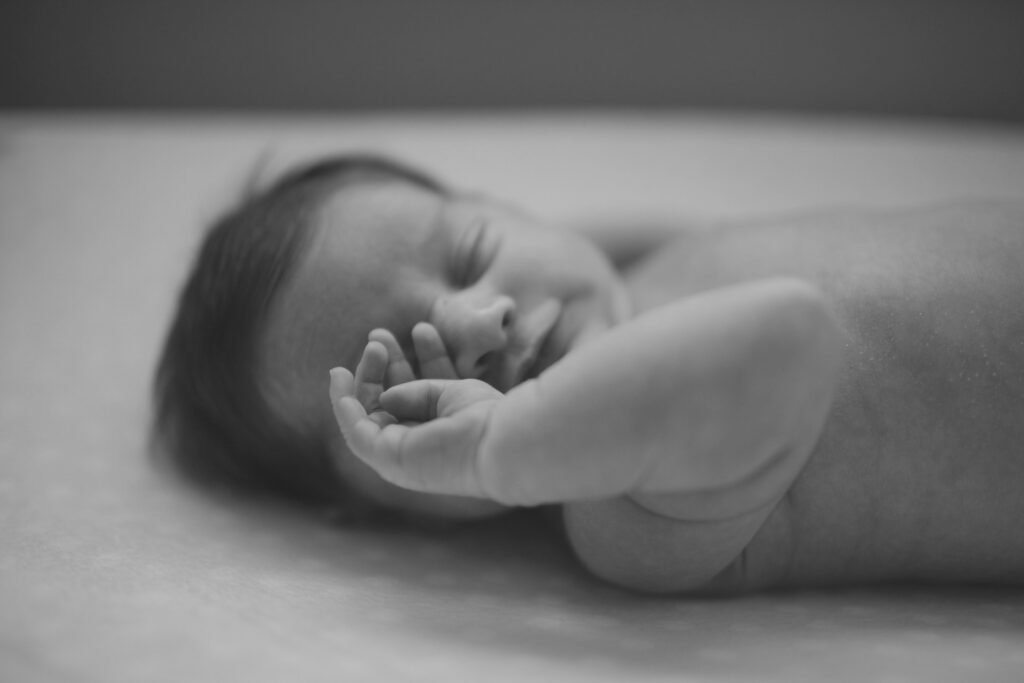
Recommendations for Newborns to 3 Months
Black and White Toys
Newborns have limited vision and are most attracted to high-contrast colors, particularly black and white. Introduce toys with bold patterns and contrasting colors to help stimulate their developing vision.
Soft Toys with Gentle Sounds
Soft toys with gentle sounds, such as crinkle toys or plush animals with built-in music, can provide comfort and engage your baby’s auditory senses. Choose toys with soothing sounds that are not too loud or overwhelming.
Mobiles and Crib Toys
Mobiles are a popular choice for newborns and can be attached to cribs or playpens. Opt for mobiles with high-contrast patterns, soothing melodies, and gentle movement to captivate your baby’s attention.
Texture and Sensory Toys
Select toys with different textures, such as soft fabric, smooth plastic, or textured surfaces. These toys provide sensory stimulation and encourage tactile exploration.
Recommendations for 3 to 6 Months
Teething Toys
Babies often begin teething around 3 to 6 months. Teething toys that are safe to chew on can provide relief and soothe their gums during this uncomfortable phase.
Activity Gyms and Playmats
Activity gyms and playmats with hanging toys, mirrors, and various textures provide opportunities for your baby to reach, grab, and kick. They enhance their gross motor skills and encourage sensory exploration.
Squeeze Toys
Squeeze toys that make a soft squeaking or squishing sound when squeezed can be engaging for babies at this age. They help develop hand strength and coordination.
Soft Blocks
Soft blocks made of fabric or foam are safe for babies to explore and hold onto. These blocks can be squeezed, stacked, or knocked down, promoting fine motor skills and spatial awareness.

Recommendations for 6 to 9 Months
Stacking Rings
Stacking rings that fit onto a central pole are perfect for developing hand-eye coordination and fine motor skills. Your baby will enjoy removing and placing the rings back on, learning about sizes, and developing problem-solving skills.
Shape Sorters
Shape sorters come in various forms, but generally, they involve fitting different shaped blocks into corresponding holes. They help develop cognitive skills, problem-solving abilities, and hand-eye coordination.
Toys with Buttons and Switches
Toys with buttons, switches, or dials help introduce cause and effect concepts to your baby. They can press buttons to activate sounds or movements, reinforcing their understanding of cause and effect relationships.
Bath Toys
As your baby becomes more comfortable with water, bath toys can make bath time more enjoyable. Select toys specifically designed for use in water, such as rubber duckies or floating boats, to stimulate their senses during play.
Recommendations for 9 to 12 Months
Push and Pull Toys
Push and pull toys, such as wooden or plastic wagons, encourage your baby to practice their walking skills while providing additional stability and support. These toys also promote gross motor skills and coordination.
Puzzles with Large Knobs
Puzzles with large knobs are perfect for little hands to grasp and manipulate. They introduce your baby to the concept of fitting puzzle pieces together and promote fine motor skills and problem-solving abilities.
Musical Instruments
Introduce your baby to musical instruments like toy drums, xylophones, or shakers. These toys allow them to explore different sounds and rhythms, foster auditory perception, and encourage self-expression.
Crawling Tunnels
Crawling tunnels provide exciting opportunities for exploratory play. Your baby can crawl through the tunnel, developing gross motor skills and spatial awareness.
Recommendations for 12 to 18 Months
Large Building Blocks
Large building blocks made of durable materials such as wood or plastic are ideal for your child to stack, balance, and knock down. These blocks enhance fine motor skills, spatial reasoning, and promote imaginative play.
Play Kitchen Sets
Play kitchen sets come with miniature appliances, utensils, and play food, providing endless opportunities for imaginative play and social interaction. They help develop creativity, cognitive skills, and nurture social-emotional development.
Toy Cars and Trucks
Toy cars and trucks, both push-alongs and those operated by remote control, can captivate your child’s attention and enhance their fine motor skills. These toys encourage imaginative play and promote hand-eye coordination.
Shape Sorter Puzzles
Shape sorter puzzles with more intricate designs and smaller pieces provide an additional challenge for your growing child. They foster problem-solving abilities, hand-eye coordination, and cognitive development.
Recommendations for 5+ Years
Board Games
Board games designed for older children offer age-appropriate challenges and foster social interaction, problem-solving skills, and cognitive development. Encourage your child to engage in board games that align with their interests and abilities.
Sports Gear and Toys
Sports gear and toys, such as basketball hoops, soccer balls, or bicycles, promote physical fitness, coordination, teamwork, and a love for active play. Encourage your child to participate in sports that interest them and provide opportunities for them to develop their athletic abilities.
Musical Instruments
Continue to encourage your child’s love for music by providing them with more advanced musical instruments or lessons. Learning to play an instrument fosters creativity, self-expression, and discipline.
Arts and Crafts Kits
Arts and crafts kits spark creativity and allow your child to explore different artistic mediums. Painting sets, jewelry-making kits, or model building can enhance fine motor skills, inspire imagination, and provide opportunities for self-expression.
In conclusion, toys play a significant role in your child’s development at every age. By selecting age-appropriate toys that align with their developmental milestones, you can provide them with engaging and educational experiences. Remember to prioritize safety by choosing toys made from non-toxic materials, ensuring secure parts, and avoiding hazards such as small or loose pieces. With careful consideration and thoughtful choices, you can support your child’s growth, learning, and happiness through play.






